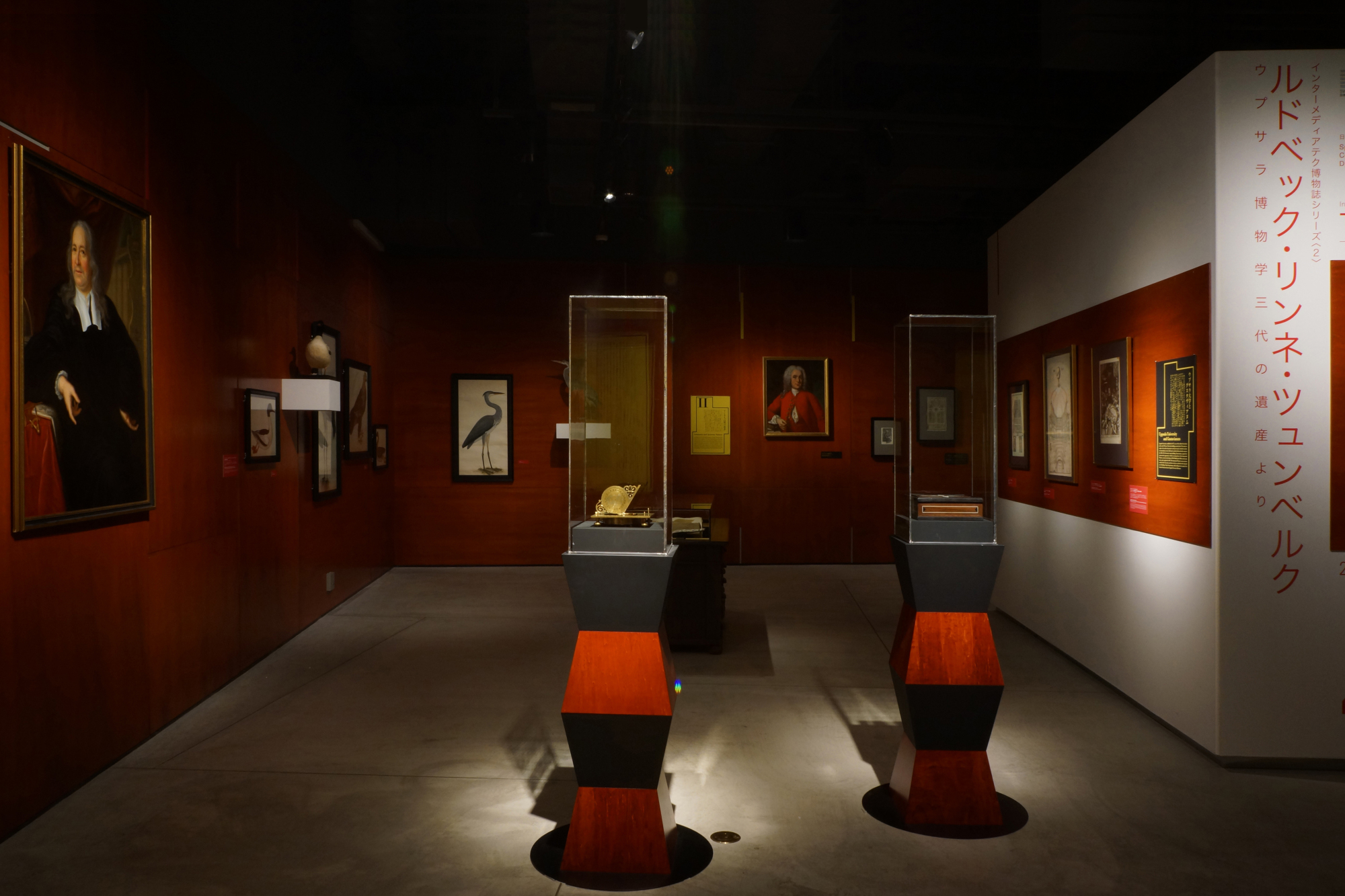As anniversary years go, 2018 is a big year for Japan. It seems to be passing by without much fanfare though; there's too much water under the bridge for all-out celebration. The beginning of the industrialized Japanese nation-state with the Meiji Restoration (1868-1912) entailed civil war and a drastic shock to the collective national identity, after all.
Despite the fact that the term sakoku (policy of national isolation) has been widely questioned as a useful historical description of Japan's international relations between 1633-1853, it's still received wisdom that Japan had negligible contact with the outside world for 200 years of its history. An exhibition at Intermediatheque — the brilliantly quirky museum jointly operated by the University of Tokyo and Japan Post Co. — shows that while it may have been controlled, the contact that did occur is of historical importance.
"The Art of Natural Science in Sweden: Treasures from Uppsala University" commemorates the start of diplomatic relations between Japan and Sweden. It features archive exhibits on venerable alumni of northern Europe's oldest university, including Olof Rudbeck the Elder (1630-1702), considered to be the discoverer of the lymphatic system; biologist Carl Linnaeus (1707-1778), author of "Systema Naturae" and creator of modern taxonomy; and Carl Peter Thunberg, one of Linnaeus' most accomplished proteges.



